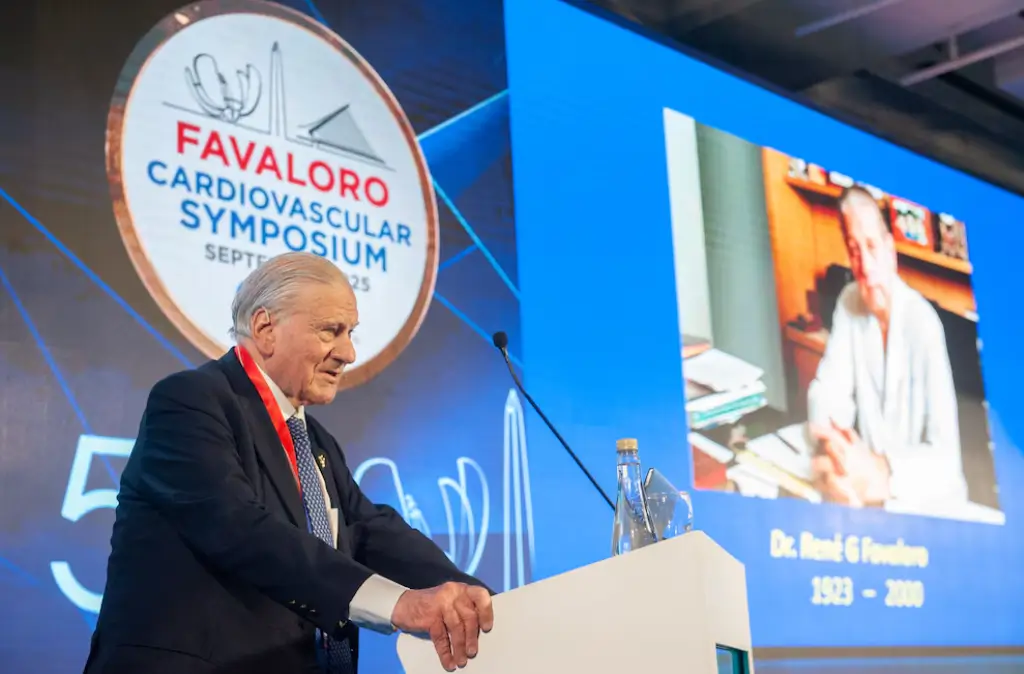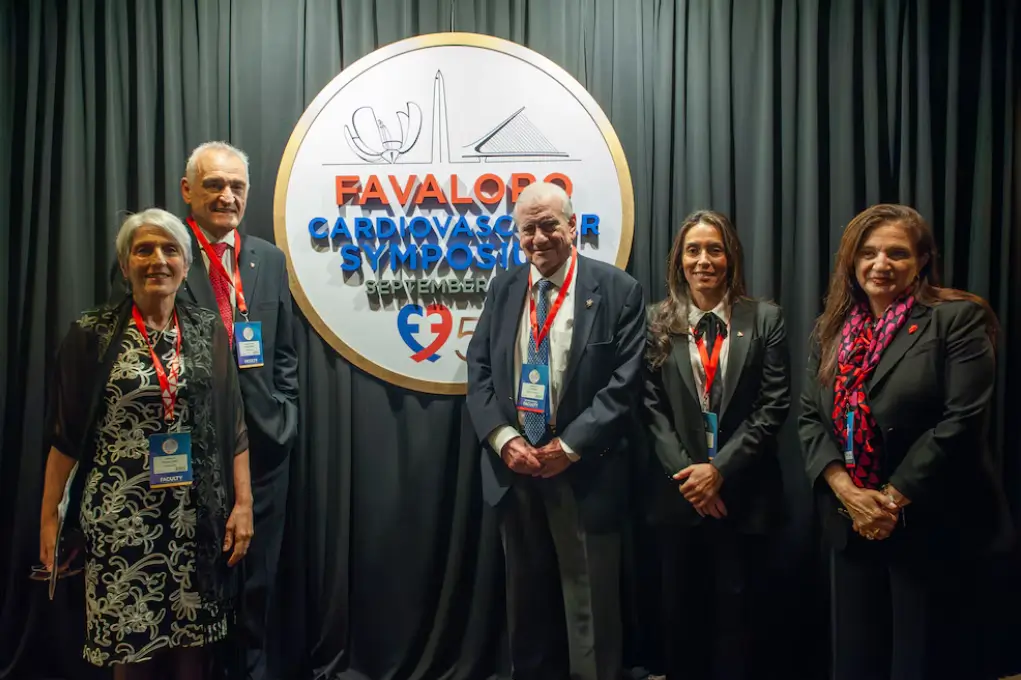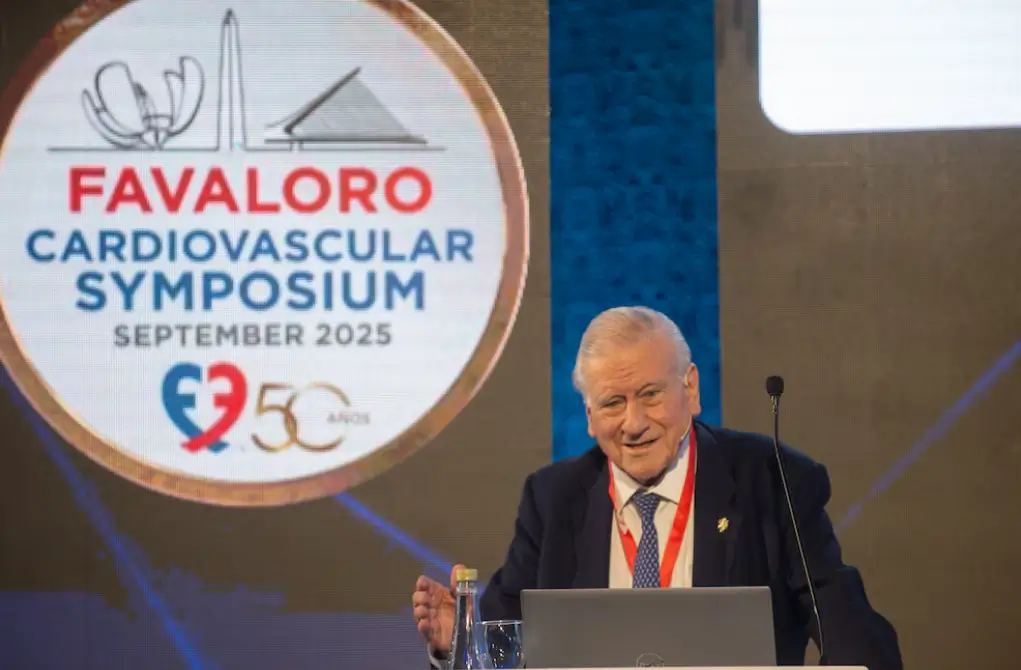Valentín Fuster and the map to prevent cardiovascular risk
Valentín Fuster's lightning visit to Buenos Aires left more than just a headline: it provided a clear framework for thinking about cardiovascular prevention as a cultural shift. At the IV International Symposium of the Favaloro Foundation, the cardiologist reviewed evidence, tools, and priorities for acting before symptoms appear. His emphasis was brief and direct: prevention from childhood to reduce mortality and cognitive decline in the future.

Cardiovascular Prevention: The Urgency of Acting from a Young Age
Fuster emphasized that atherosclerosis and other vascular processes begin much earlier than we usually imagine, with signs detectable as early as age 30 or even earlier. Therefore, he argued that early intervention—education, lifestyle choices, and early diagnosis—has a greater impact than measures applied later. In his presentation, he combined data from modern cohorts with clinical experience to argue that prevention should be a public priority.
Bone marrow and its role in cardiovascular inflammation
The specialist highlighted the importance of bone marrow as a source of proinflammatory cells that influence the progression of arterial disease. Imaging studies and biomarkers show the interaction between cholesterol, bone marrow-derived monocytes, and inflammatory processes in peripheral arteries. This biological connection, Fuster said, explains why factors such as obesity and sedentary lifestyle accelerate vascular injury from an early age.
Healthy Longevity and the Dilemma of Living Longer versus Living Better
Medicine allows us to live longer, but the relevant question is whether this extra time will be quality. Fuster warned that longevity loses meaning if aging is accompanied by disease and cognitive decline. He also pointed out that many classic markers appear late, which is why modern imaging techniques and the detection of microalterations open a window for earlier intervention.

Health Education: classrooms, families and networks as a prevention ground
To change habits and reduce risks, Fuster proposed integrating science, health, and education from early childhood. Communication campaigns, formal teaching, and targeted technology (portable devices and accessible assessments) can facilitate patient empowerment. According to his message, prevention isn't limited to the doctor's office: it's built in at home, at school, and also on digital platforms.
Technology and accessibility: democratizing prevention
The cardiologist described experiences with portable devices and population studies that already allow for electrocardiograms and risk measurements outside the hospital. These resources, he stated, facilitate early detection and improve treatment adherence. But he clarified that the technology is only useful if accompanied by education and policies that facilitate access.
Evidence and studies that change practice
Longitudinal studies like those Fuster mentioned demonstrate that cholesterol and blood pressure levels in young adults are better predictors of future risk than the same measurements taken decades later. Results from regional studies and intervention trials also show that controlling blood pressure and reducing social risk factors lowers the incidence of cognitive decline .
Implications for public policies and health systems
Fuster emphasized that most cardiovascular events occur in low- and middle-income countries , where access to and continuity of treatment are limited. He therefore proposed prioritizing population-based interventions, public education, and strategies to improve therapeutic adherence in vulnerable segments.
Practical messages for society
Eating better, exercising regularly, and controlling factors like blood pressure and cholesterol aren't empty slogans: they're scientifically backed measures that change individual and population outcomes. Fuster insisted on focusing actions on the first 20 years of life because young arteries respond more strongly to damaging stimuli.

Conclusion
The talk in Buenos Aires made it clear that cardiovascular prevention requires a comprehensive approach: research, accessible technologies, and an educational policy that fosters a culture of prevention. Fuster called for collective responsibility and the implementation of concrete measures so that the promise of longevity truly becomes synonymous with health.






